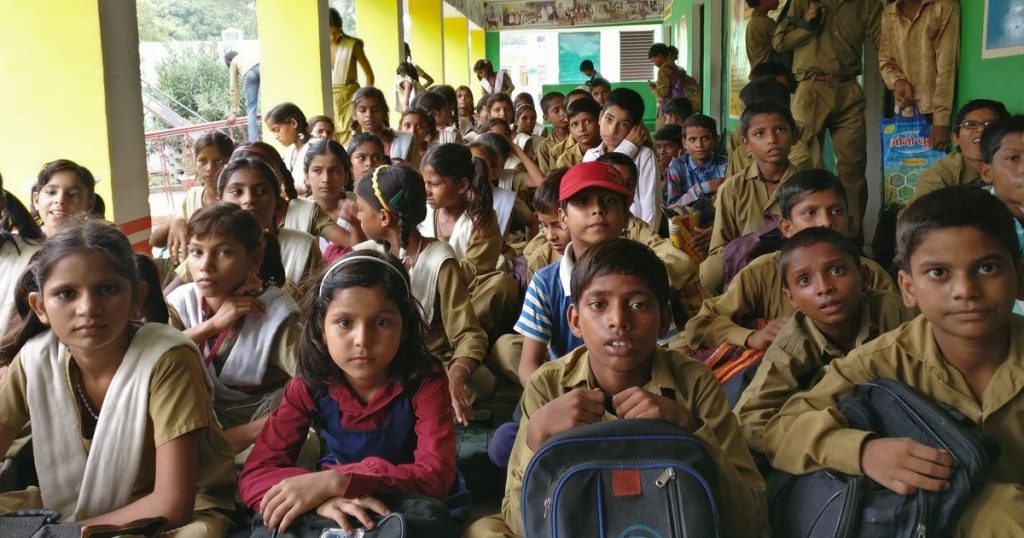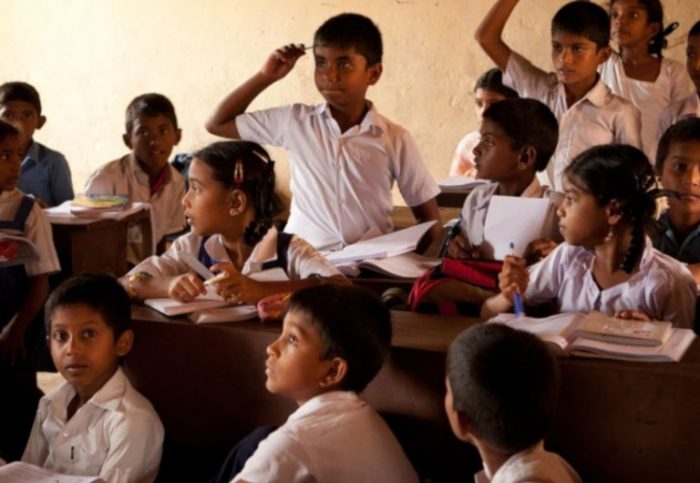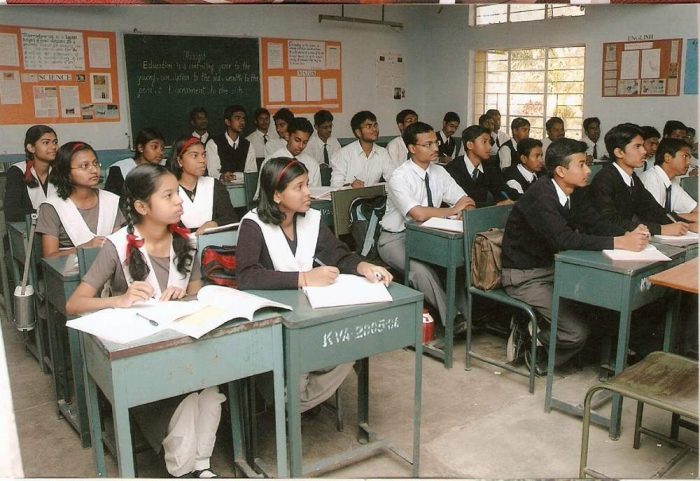As a parent or teacher would you consider the grouping method of students according to their IQs or academics an effective way to cope with differences in student academic abilities, achievements and skills? Does such a grouping benefit students or does it unfairly label them? Research, rationality, and intuition frequently collide as they address such pertinent questions which beyond a doubt is influential in determining one’s success at school.

Ability grouping improves student success by encouraging teachers to concentrate on teaching, claim supporters. Teaching a group of like-minded students allows teachers to adjust the pace of instruction to the needs of students. For example, a teacher may train at a slower pace providing more repetition and reinforcement with a group of low-achieving students than he or she would do with a group of high-achieving students.
Increases pace

Ability grouping allows one to position similar students in a single classroom or community. As a result, it helps to increase the pace of development in students’ learning skills at higher levels of ability. Higher-level students can comprehend ideas in a shorter period relative to other students and should be encouraged to exercise their ability to grasp a lesson on a faster pace. Otherwise, in a heterogeneous classroom, the academically inclined students would have to wait for others to understand a certain topic, resulting in the consequences of time wastage and slowing down the speed of their growth and progress.
Individual attention

it is impossible to provide individual attention in a heterogeneous classroom because teachers almost have no choice but to give equal attention to all students present. However, in the case of a homogeneous classroom, teachers will focus on teaching students at the speed of that particular group, thereby improving their learning process and helping them to learn more rapidly than they would otherwise.
Confidence booster

In a heterogeneous classroom, the weaker students sometimes have a lower self-esteem due to the presence of more educated students in the classroom. But in the case of a homogeneous school, the other students are on the same stage. This improves their self-confidence and resolve.
Segregation feelings

The separation of students into classes based on qualifications can be difficult for young students to manage and can set up a kind of “caste system” within our classrooms, causing unnecessary divides and disputes.
Techniques of division

What kind of method should be best implemented by schools to separate students according to their academic levels? Standardised tests may not accurately reflect students’ abilities, and some students may be put in the wrong classes, thus jeopardising their abilities or shortcomings, which would lead to academic imbalances in the classroom.
Teacher expectations

Even if they do not do so intentionally, teachers ultimately whether you like it or not handle students in different classes as superiors or inferiors based on their groupings, causing students to feel that they aren’t good enough to do as well as their peers in other groups.
If your school is contemplating the idea of utilising capability grouping as an instructional method, help them weigh the above advantages and drawbacks before making any policy decisions.
Follow us on Instagram, Facebook or Telegram for more updates and breaking news.







